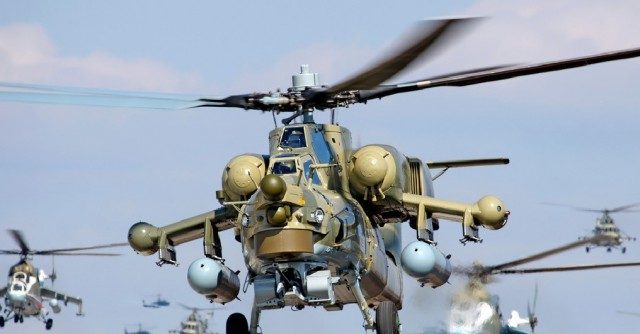When the NASA Perseverance rover lands on Mars on Feb. 18, 2021, it will be carrying a small but mighty passenger: Ingenuity, the Mars Helicopter.

The helicopter, which weighs about 4 pounds (1.8 kilograms) on Earth and has a fuselage about the size of a tissue box, started out six years ago as an implausible prospect.
Engineers at NASA’s Jet Propulsion Laboratory in Southern California knew it was theoretically possible to fly in Mars’ thin atmosphere; but no one was sure whether they could build a vehicle powerful enough to fly, communicate, and survive autonomously with the extreme restrictions on its mass.
Then the team had to prove in Earthbound tests that it could fly in a Mars-like environment. Now that they’ve checked off those objectives; the team is preparing to test Ingenuity in the actual environment of Mars.
“Our Mars Helicopter team has been doing things that have never been done before – that no one at the outset could be sure could even be done;” said MiMi Aung, the Ingenuity project manager at JPL “We faced many challenges along the way that could have stopped us in our tracks. We are thrilled that we are now so close to demonstrating – on Mars – what Ingenuity can really do.”
Ingenuity survived the intense vibrations of launch on July 30, 2020; and has passed its health checks; as it waits to plunge with Perseverance through the Martian atmosphere. But the helicopter won’t attempt its first flight for more than a month after landing: Engineers for the rover; and helicopter need time to make sure both robots are ready.
Here are the key things to know about Ingenuity as the anticipation builds:
1. Ingenuity is an experimental flight test.
The Mars Helicopter is what is known as a technology demonstration – a narrowly focused project that seeks to test a new capability for the first time.
Previous groundbreaking technology demonstrations include the first Mars rover, Sojourner; and the Mars Cube One (MarCO) CubeSats that flew by Mars.
The helicopter doesn’t carry science instruments and isn’t part of Perseverance’s science mission.
Ingenuity’s objective is an engineering one: to demonstrate rotorcraft flight in Mars’ the extremely thin atmosphere; which has just around 1% of the density of our atmosphere on Earth.
Ingenuity will attempt up to five test flights within a 30-Martian-day (31-Earth-day) demonstration window.
Its pioneering aspirations are similar to those of the Wright brothers’ Flyer; which achieved the first powered, controlled flight on Earth.
Support InfoStride News' Credible Journalism: Only credible journalism can guarantee a fair, accountable and transparent society, including democracy and government. It involves a lot of efforts and money. We need your support. Click here to Donate
